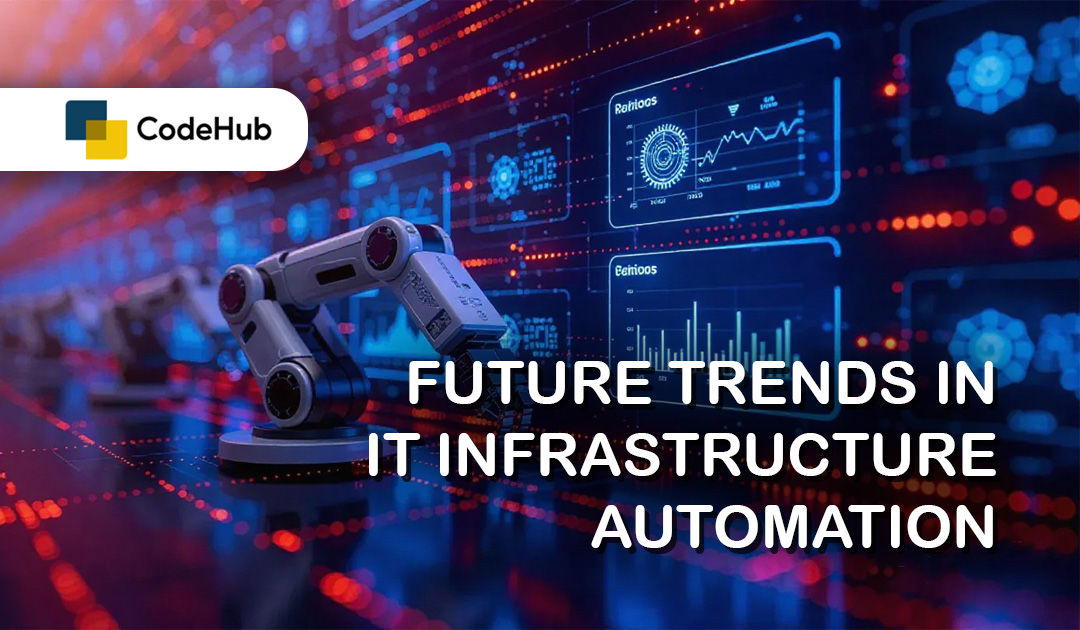The next five years promise significant advancements in IT infrastructure automation, driven by emerging technologies and evolving business needs. One of the key trends is the increasing adoption of artificial intelligence (AI) and machine learning (ML), which will enable more intelligent and predictive automation. AI-powered systems will not only automate routine tasks but also provide insights and recommendations for optimizing infrastructure performance and security.
Another trend is the rise of hyperautomation, which involves the use of multiple automation technologies, including robotic process automation (RPA), AI, and ML, to automate end-to-end business processes. This approach will lead to greater efficiency and productivity, as organizations can streamline complex workflows and reduce manual intervention. Additionally, no-code/low-code automation will become more prevalent, allowing non-technical users to create and manage automation workflows without extensive programming knowledge.
Self-service automation is another trend to watch, as it empowers end-users to perform routine tasks and access resources independently, reducing the burden on IT teams. This shift towards self-service will enhance user satisfaction and enable IT departments to focus on more strategic initiatives. Furthermore, cloud automation will continue to grow, with organizations leveraging cloud-native tools and services to automate the deployment, scaling, and management of cloud resources.
Finally, container management and DevOps pipeline automation will play a crucial role in modern IT infrastructure. Containerization technologies, such as Kubernetes, will enable more efficient and scalable application deployment, while automated DevOps pipelines will streamline the software development and delivery process. These trends will collectively drive innovation and transformation in IT infrastructure automation, paving the way for a more agile and resilient digital ecosystem.

